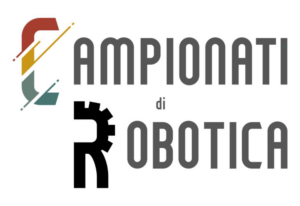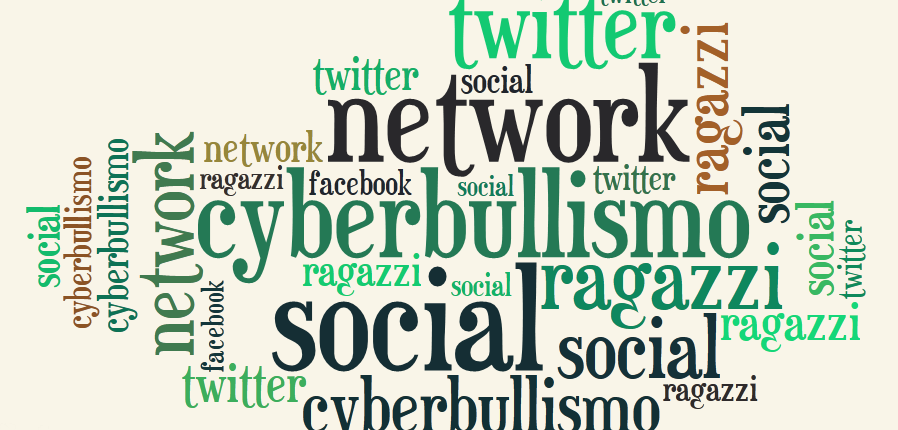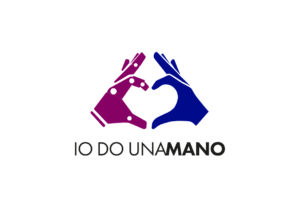
Italian Robotics Championships 2024/2025. Ocean Edition
The Italian initiative, promoted by the Ministry of Education and Merit, as part of the Robotics Championships project, aims to enhance students’ scientific and technical

In March 2025, a 12-hour course for each second-year class at the IC Quarto school in Genoa was concluded, organizwed by the School of Robotics. The course was organized by the school’s cyberbullying liaison teachers and conducted by Scuola di Robotica as part of the Scuola Futura program. The course involved all fourth-grade classes of the IC Quarto Institute, from class A to F, and covered key topics for understanding the causes, forms, and effects of cyberbullying. Around 200 students were involved in the discussions and learning experiences.
Thanks to the sensitivity of the liaison teachers on this issue, and to the collaboration of all teachers who generously “lent” their class hours with great team spirit, all aspects of cyberbullying were discussed with the students.
Among the topics covered were the aspects of young people’s behaviour on line and on social media : “Who I am, how I see myself, and how I’d like to be.” The difference between online and in-person communication.
The approach from the very beginning was to always bring the discussion back to how online systems actually work — including Generative Artificial Intelligence — and the need to understand these sophisticated technologies in order to use them responsibly, protect oneself from external threats, and avoid using them to harm others.
The goals of the course were:
Understanding these complex technologies
Reflecting on how identity-building processes are changing due to the development and spread of new technologies
Raising awareness about the importance of data self-protection behaviors
Learning to actively engage with the transformations brought about by the spread of digital technologies and the Internet of Things
How online communication works
This topic was explored with various examples that emphasized the physical side of the Internet and the network.
Sometimes young people have a very abstract perception of digital communication, as if it didn’t take place through programmable machines governed by physical laws.
The overall network infrastructure
Google’s data centers
How the Google search engine works
The journey of our messages
The physical network: massive servers, cables, radio systems, or other electromagnetic or optical systems.
Another very important topic: the difference between in-person and digital communication
First of all: there are both benefits and risks
The psychology of online communication
How our sense of time changes online
How our sense of space changes online
How we change: our personality on the Internet
Digital footprints: everything the Internet knows about us.
Issues of profiling, privacy violations, and other illegal or harmful behaviors:
Our private emotions
The “third parties” reading what we write without us knowing (cookies, etc.)
Profiling
What is done with our messages? Our thoughts, emotions?
Web marketing frauds, fake news, and deceptive advertising techniques
Cases of covert persuasion
Web reputation and data protection.
Known cases of cyberbullying

The Italian initiative, promoted by the Ministry of Education and Merit, as part of the Robotics Championships project, aims to enhance students’ scientific and technical

Sold out for the first training day “Dicolab. Cultura al digitale” in Genoa. The 25 places available for the first two courses in Genoa sold

Io Do Una Mano ( I Give a Hand) is a non-profit organization with the goal of helping people – especially children – with congenital

The Erasmus+ Small Scale project “Robotics Curriculum Development” (Project No. KA210-VET-2C05C51F), coordinated by Tehnička škola Pirot (TSP – Pirot, Serbia), in partnership with Scuola di
Write here your email address. We will send you the latest news about Scuola di Robotica without exaggerating! Promised! You can delete your subscription whenever you want clicking on link in the email.

© Scuola di Robotica | All Rights Reserved | Powered by Scuola di Robotica | info@scuoladirobotica.it | +39.348.0961616 +39.010.8176146 | Scuola di robotica® is a registered trademark